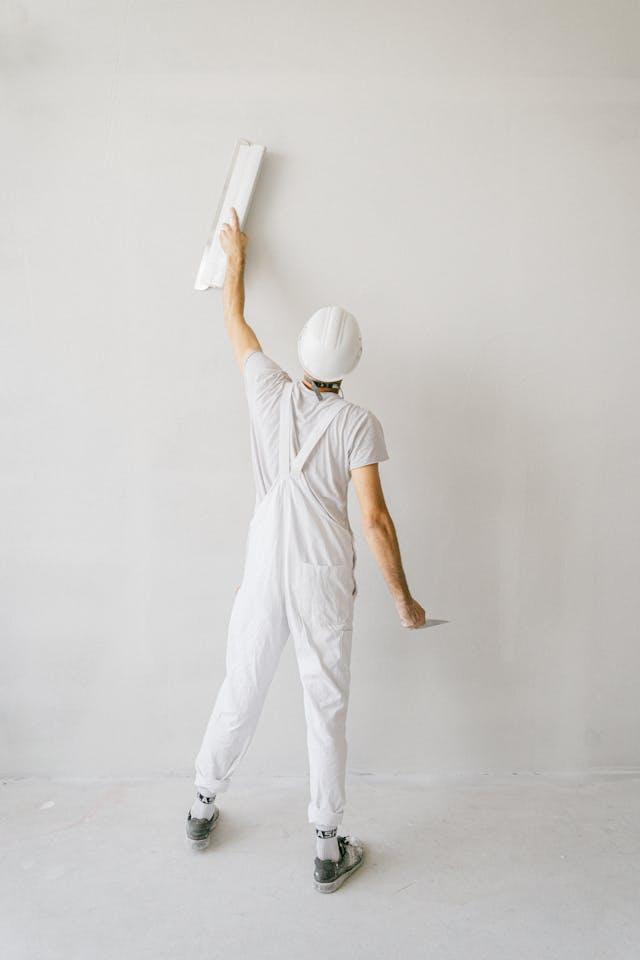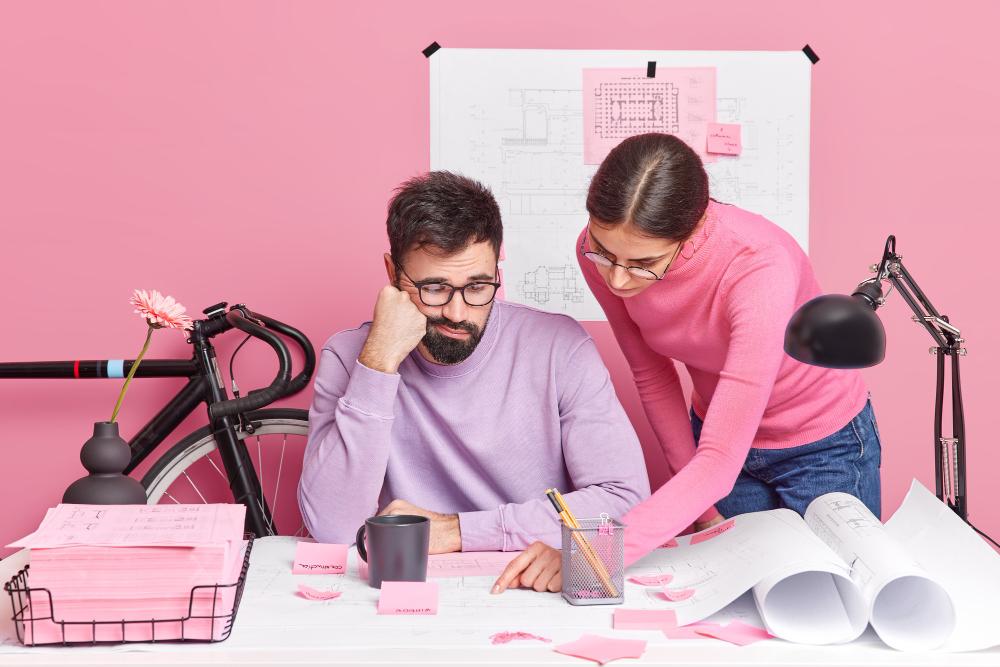The classic repair conflict!
More and more people are combining an interior designer with a construction crew – and this is a great solution. But sometimes tension arises:
“The designer says one thing, the master says another. And who am I supposed to listen to?”
In this article, you will understand:
• who is responsible for what
• when to trust whom
• how to avoid conflicts and delays in repairs
📎 Read more: 10 important questions to ask the contractor before starting the project
What does the designer do?
The interior designer is a professional who transforms your desires into a functional and visually balanced environment.
His work is not limited to just "how the room will look," but includes:
• development of spatial schemes
• selection of materials, textures, and colors
• creation of visualizations or 3D renders
• consideration of aesthetics, ergonomics, and lighting
The good designer knows how to balance between style and function. He thinks about how a home will look and how it will feel when you live in it. But it is important to understand that he is not an engineer or a craftsman – and sometimes his projects require technical adaptation during implementation.

What does the foreman do?
The master or the leader of the construction crew is the person who actually builds the project. He has experience not only with materials and tools but also with unpredictable situations on the ground.
His role includes:
• assessment of the project's feasibility
• coordination of the work process (electricians, plumbers, bricklayers, etc.)
• offering alternative solutions in case of difficulties
• compliance with deadlines, deliveries, and the sequence of activities
He thinks in terms of what can be done, how, with how much effort, and whether it will be durable. This is where the conflicts arise: the designer wants an invisible transition between the floor and the wall, while the craftsman knows that this will create a problem in six months.

When to listen to the designer?
The designer is your ally in vision. If you want a space that looks harmonious, modern, and well-lit, he is the one you should listen to the most when discussing:
• overall concept – for example, a minimalist bathroom or an industrial kitchen
• zoning of spaces (functional zones, transitions)
• impact through color and light – something that the master often underestimates
• visual "expansion" of space through composition and proportions
📌 Think of this as the architecture of emotions – the designer knows how a certain wall will make you feel cozy or open.
📎 Related reading: Small repairs – big difference: why prevention is cheaper than repair
When to listen to the foreman?
The foreman must be heard primarily when it comes to:
• technical limitations – for example, pipes that cannot be moved
• constructive resilience – when a given solution compromises security
• practical risks – for example, unsuitable joints or unstable furniture
• logistics and sequence – something cannot be done because another thing is not yet completed
A good master will protect you from solutions that look good only in render, but in practice are:
• expensive
• impractical
• difficult to maintain
• potentially dangerous (e.g. electrical outlets too close to wet areas)
📌 In such cases, it is good to adapt the project – and often this leads to a better result.
How to avoid conflict between them
One of the most common reasons for problems between a designer and a craftsman is the lack of timely communication. Here’s how you can prevent this:
1. Organize a meeting before the start – even online
2. Insist on accurate drawings, sections, and visualizations
3. Allow the crew to inspect the project on-site – before the deliveries
4. Clearly define who is responsible for which decisions – to avoid "shifting the blame"
🛠️ Important: If you are using a platform like Ofertirai.me, you can send the project directly to specialists and compare opinions before you actually start.
📎 Read more: How to choose a reliable craftsman: Practical guide

Conclusion – Don't choose a side, choose a team
The designer creates the vision. The foreman implements it.
Your role as a client is:
• to connect them on time
• to hear both of them
• to make informed choices
✨ A truly good renovation happens when style and reality go hand in hand.
🔗 Are you ready to start? Submit a free request in Ofertirai.me